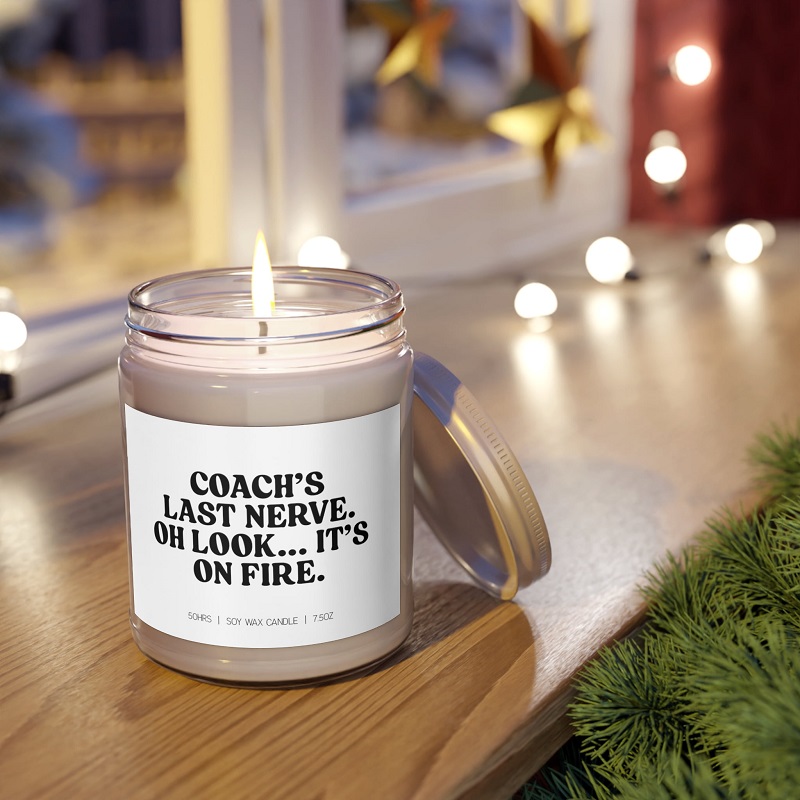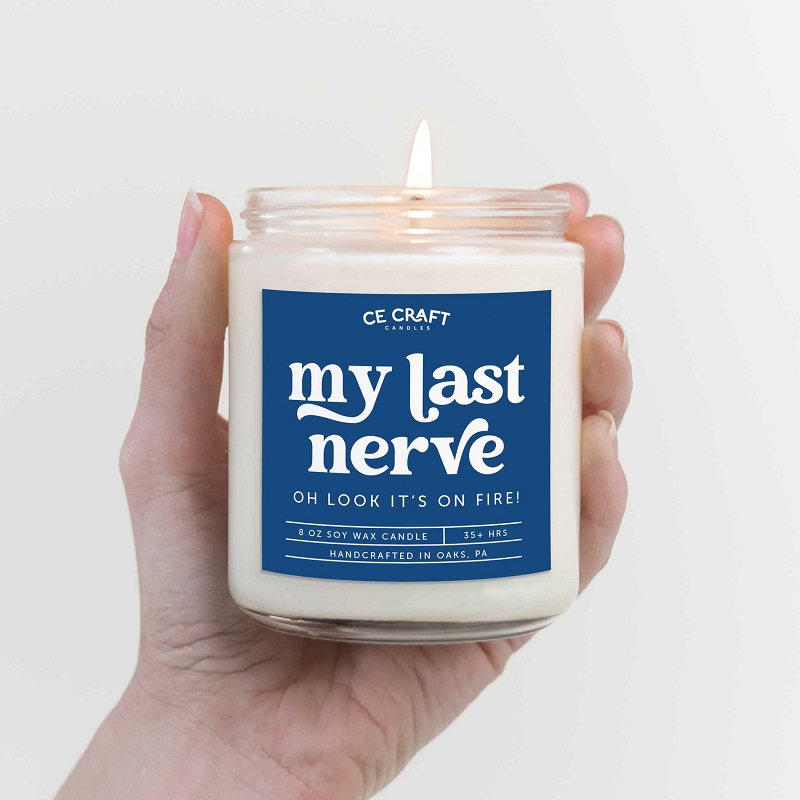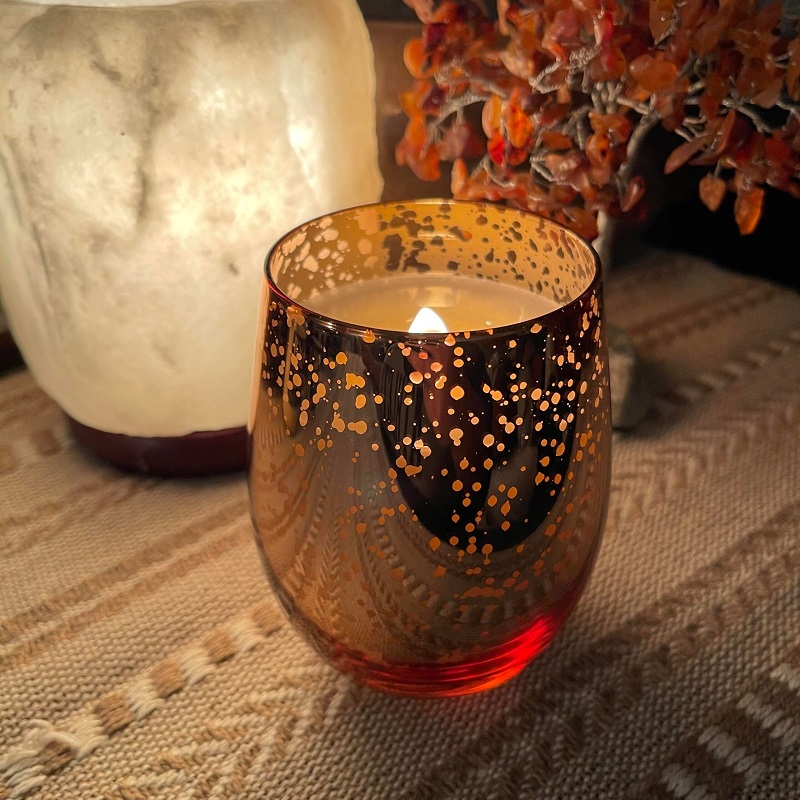Candles are a popular choice for adding ambiance and warmth to any space. Whether you use them for relaxation, decoration, or special occasions, understanding the lifespan of candles can help you get the most out of your investment. This comprehensive guide will explore various factors affecting candle longevity, including wax types, wick materials, burning practices, and storage tips.
Understanding Candle Lifespan
The Basics of Candle Burn Time
Candle lifespan is influenced by several factors, including the type of wax used, wick material, and burning habits. On average, a candle’s burn time is indicated on the label, usually in hours. For instance, a standard paraffin wax candle might burn for around 30-50 hours, while a soy wax candle might last slightly longer. However, these are average estimates and can vary widely based on how the candle is burned and maintained.
Wax Types and Their Impact on Burn Time
Different types of wax affect a candle’s lifespan significantly. Paraffin wax, a common choice, generally has a moderate burn time and is relatively inexpensive. Soy wax, derived from soybeans, tends to burn cleaner and longer compared to paraffin, often extending the candle’s life. Beeswax candles, known for their natural and non-toxic properties, typically burn the longest of all, sometimes doubling the lifespan of paraffin candles. Understanding these differences can help you choose the right candle for your needs.

Factors Affecting Candle Longevity
Wax Composition and Quality
The composition and quality of wax play a crucial role in determining how long a candle will last. High-quality waxes like pure beeswax or premium soy wax often burn longer and more evenly compared to lower-quality paraffin wax. The presence of additives in the wax, such as colorants or fragrances, can also impact the burn time. These additives may affect how the wax melts and can cause the candle to burn more quickly or unevenly if not properly formulated.
Wick Materials and Their Effect on Burn Time
The type of wick used in a candle can influence its lifespan as well. Cotton wicks, commonly used in many candles, generally burn cleanly and contribute to a longer burn time. Wood wicks, which provide a crackling sound and a different aesthetic, may burn more quickly but offer a unique experience. Metal-core wicks, though less common today, can affect how a candle burns and may reduce the overall burn time. The size and type of wick must be matched appropriately to the candle’s size and wax type to ensure optimal performance.
Best Practices for Extending Candle Life
Proper Burning Techniques
To maximize the lifespan of your candle, proper burning techniques are essential. One key practice is to ensure the candle burns for long enough during each use. The general rule is to allow the candle to burn until the wax pool reaches the edge of the container. This prevents tunneling, where the candle burns down the center, leaving wax on the sides and reducing overall burn time. Additionally, keep the wick trimmed to about 1/4 inch to prevent excessive soot and uneven burning.
Avoiding Common Candle Burning Mistakes
Certain mistakes can significantly shorten a candle’s lifespan. For example, burning candles in drafts or near fans can cause uneven burning and reduce burn time. Similarly, placing candles on surfaces that are too hot or too cold can affect their performance. Avoiding these common mistakes ensures that your candle burns more efficiently and lasts longer. Proper placement and maintenance are crucial for extending the enjoyment of your candles.

The Role of Candle Storage in Longevity
Storing Candles Properly to Preserve Quality
Proper storage is vital for preserving the quality and extending the lifespan of candles. Store candles in a cool, dry place away from direct sunlight and heat sources. Exposure to heat can cause the wax to melt or deform, while sunlight can fade colors and fragrances. Additionally, keeping candles in their original packaging or in a dust-free container helps prevent dust accumulation and potential damage to the wax and wick.
How Temperature and Light Affect Candle Lifespan
Temperature and light are critical factors in candle storage. Extreme temperatures can cause wax to warp or lose its scent, affecting the candle’s overall quality and burn time. Light exposure can lead to discoloration and diminish the effectiveness of fragrances. Therefore, maintaining a stable and moderate temperature and protecting candles from direct sunlight will help maintain their appearance and performance over time.
How Long Do Different Types of Candles Last?
Votive Candles: Lifespan and Usage
Votive candles are small, typically cylindrical candles often used in religious or decorative contexts. Their burn time generally ranges from 10 to 15 hours, depending on their size and wax composition. Votive candles are designed to burn completely in their holders, making them ideal for creating ambiance without excessive soot or residue. Understanding their burn time helps in planning their use for events or daily enjoyment.
Pillar Candles: Longevity and Maintenance
Pillar candles are larger and thicker, designed to burn for a longer period. Their burn time can vary widely based on their size, ranging from 30 to 100 hours or more. Proper maintenance, such as keeping the wick trimmed and avoiding drafts, ensures that pillar candles burn evenly and last as long as possible. Their extended burn time makes them suitable for prolonged use or for creating a lasting impression in home décor.
Taper Candles: Expected Burn Time
Taper candles, often used in formal settings or as part of a dinner table arrangement, generally have a burn time of 6 to 10 hours. Their slender design allows them to burn relatively quickly compared to pillar candles. However, their elegant appearance and ability to fit into standard candle holders make them a popular choice for special occasions. Proper care, such as trimming the wick and avoiding drafts, helps maximize their burn time.
Enhancing Candle Lifespan with Additives
Benefits of Additives in Candle Making
Additives can enhance a candle’s lifespan by improving the quality of the burn. For example, stearin, a common additive, helps harden the wax and can lead to a longer burn time. Additionally, certain additives can improve the candle’s scent throw and burn consistency. Understanding the role of these additives allows you to select candles that not only last longer but also provide a better overall experience.
Potential Drawbacks of Using Additives
While additives can improve performance, they can also have drawbacks. Some additives may affect the candle’s scent or cause it to burn unevenly if not used correctly. It’s essential to balance the benefits of additives with their potential impact on the candle’s quality. Choosing high-quality candles from reputable manufacturers can help ensure that any additives used are well-formulated and contribute positively to the candle’s lifespan.

Candle Lifespan and Environmental Impact
Eco-Friendly Candle Options
For those concerned about environmental impact, choosing eco-friendly candles can be a great way to enjoy longer-lasting products while minimizing harm to the environment. Soy wax, beeswax, and palm wax are more sustainable alternatives to paraffin. These materials burn cleaner and are often biodegradable. Additionally, selecting candles with natural wicks and minimal additives can further reduce environmental impact.
Recycling and Proper Disposal of Used Candles
Proper disposal and recycling of used candles are important for reducing waste. Many candle containers, such as glass jars, can be cleaned and repurposed or recycled. The remaining wax, if not reusable, should be disposed of in an environmentally responsible manner. By recycling containers and disposing of wax properly, you contribute to a more sustainable approach to candle usage.
Conclusion
Recap of Key Points
Understanding how long candles last involves considering factors such as wax type, wick material, burning practices, and storage conditions. By adhering to proper burning techniques, maintaining appropriate storage, and selecting the right types of candles, you can maximize the lifespan and enjoy your candles more fully.
Tips for Maximizing Candle Enjoyment
To get the most out of your candles, follow best practices for burning and storing them. Choose high-quality candles suited to your needs, avoid common burning mistakes, and maintain proper storage conditions. With these tips, you can ensure that your candles burn beautifully and last as long as possible, enhancing your environment and enjoyment.

